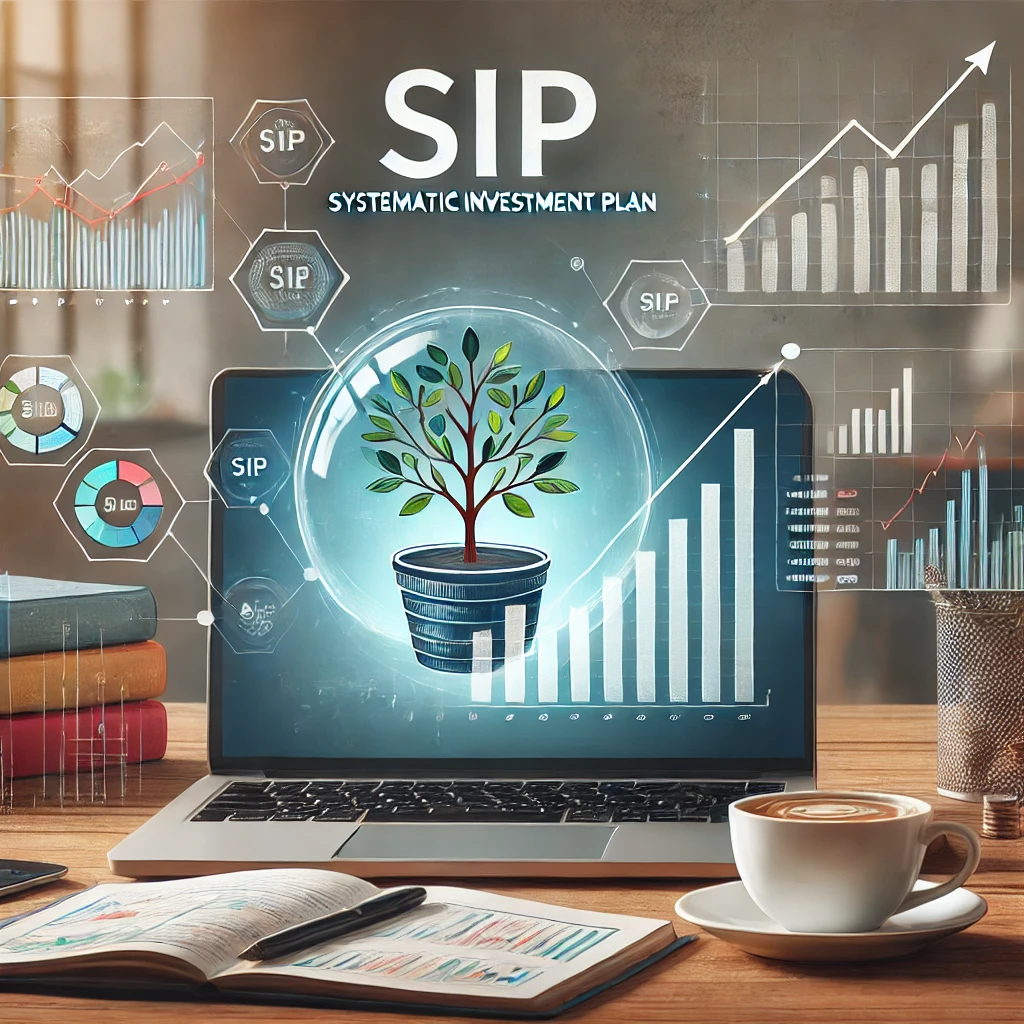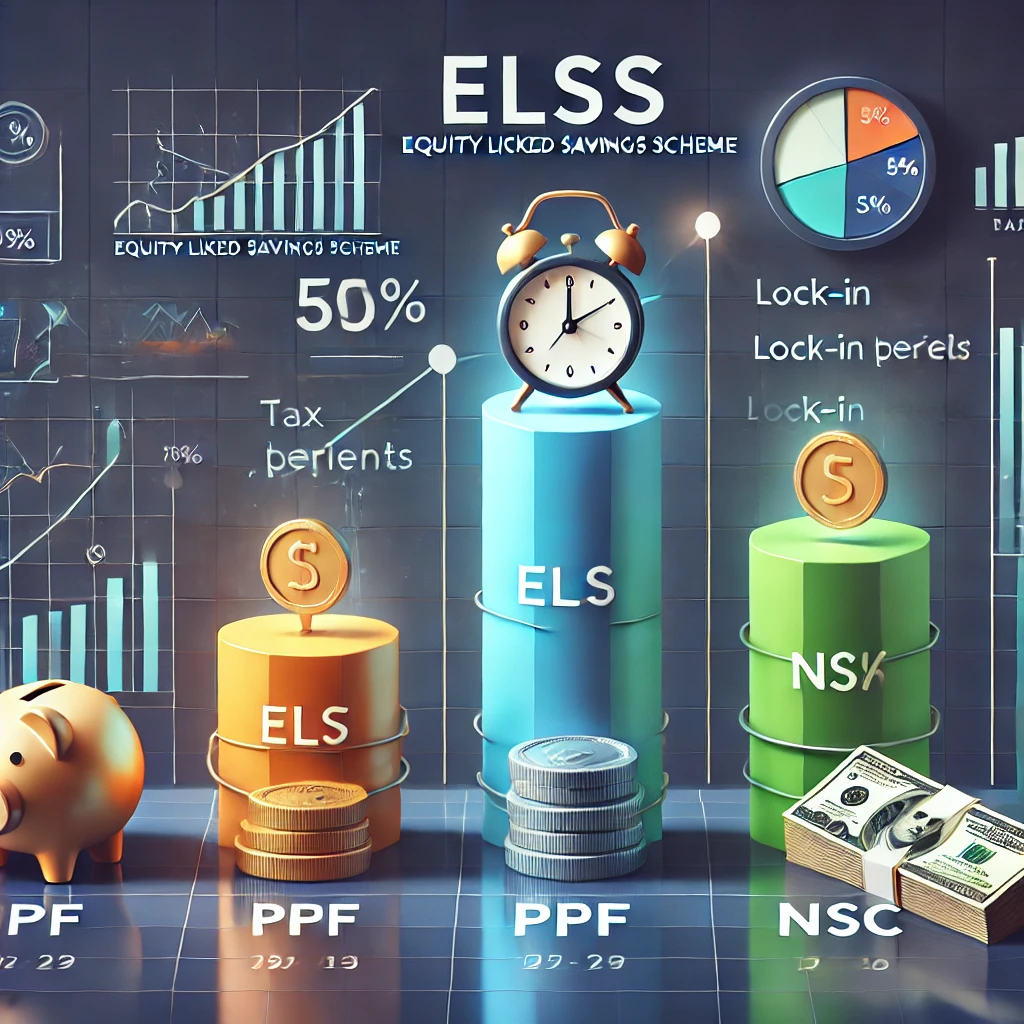Introduction Investing wisely is key to financial growth. Mutual funds and Systematic Investment Plans (SIPs) help individuals achieve their goals while also offering tax-saving benefits. This guide explores mutual funds, SIPs, and practical tax-saving tips to maximize returns.
What Are Mutual Funds?
Mutual funds pool money from investors and invest in various securities, including stocks and bonds. Professional fund managers oversee these investments, ensuring optimal performance.
Types of Mutual Funds
- Equity Mutual Funds: Primarily invest in stocks, offering high returns with moderate risk.
- Debt Mutual Funds: Invest in bonds and fixed-income instruments, ensuring stable but lower returns.
- Hybrid Funds: Combine equity and debt investments for balanced growth.
- Index Funds: Track market indices like NIFTY 50, offering passive investing opportunities.
- Tax-Saving ELSS Funds: Equity Linked Savings Schemes (ELSS) provide tax benefits under Section 80C.
Systematic Investment Plans (SIPs)
SIPs allow investors to invest fixed amounts regularly in mutual funds. This method promotes disciplined investing while leveraging rupee cost averaging.

Benefits of SIPs
- Affordability: Start investing with as little as INR 500.
- Compounding Benefits: Small investments grow significantly over time.
- Market Volatility Management: Reduces risk through periodic investments.
- Flexibility: Adjust investment amounts as per financial goals.
Tax-Saving Mutual Funds
ELSS funds are among the best tax-saving mutual funds. These offer tax deductions up to INR 1.5 lakh under Section 80C.

How ELSS Works
- ELSS funds have a lock-in period of three years.
- They invest mainly in equities, offering high growth potential.
- Investors can opt for SIP or lump sum investments.
Comparing ELSS with Other 80C Investments
| Investment Type | Lock-in Period | Returns | Risk Level |
|---|---|---|---|
| ELSS Funds | 3 years | 10-15% | High |
| PPF | 15 years | 7-8% | Low |
| NSC | 5 years | 6.8% | Low |
Additional Tax-Saving Tips
Tax-saving does not stop at ELSS funds. Explore other strategies to minimize liabilities:
- Utilize Section 80C: Combine ELSS, PPF, and EPF investments.
- Health Insurance (80D): Avail deductions up to INR 75,000.
- Home Loan Benefits: Claim deductions on principal and interest payments.
- NPS Investments: Additional tax benefits under Section 80CCD(1B).
- Tax-Free Bonds: Earn interest income without tax liabilities.
Building a Diversified Portfolio
Investing in different asset classes minimizes risks while ensuring consistent growth. A balanced portfolio includes:
- 60% Equity Funds: Growth-oriented investments.
- 20% Debt Funds: Stability and security.
- 10% Gold & Commodities: Hedge against inflation.
- 10% Tax-Saving Instruments: Optimize tax benefits.

Common Mistakes to Avoid
- Ignoring Risk Appetite: Assess financial goals before investing.
- Stopping SIPs During Market Downturns: Continue SIPs to leverage rupee cost averaging.
- Investing Without Research: Always check past fund performances.
Conclusion
Mutual funds and SIPs provide a structured approach to wealth creation, while tax-saving strategies ensure smart financial planning. Start investing today and maximize tax benefits for a secure future.

